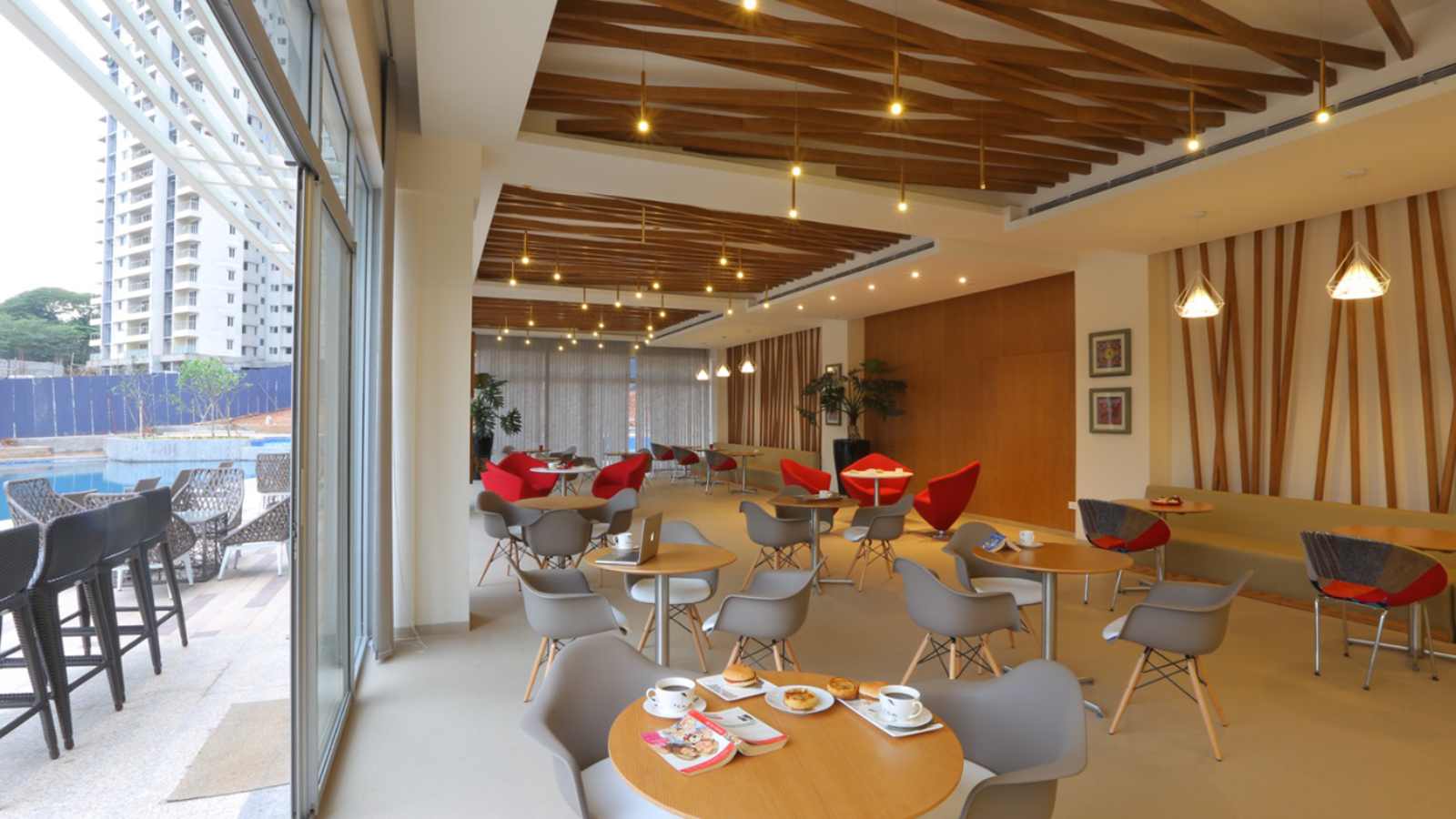Provide background information on the client, their lifestyle, and preferences.
Discuss any specific requirements or challenges they brought to the project.
Project Scope:
Outline the scope of the project, including the rooms or areas to be designed.
Specify any special considerations, such as budget constraints or timeline requirements.
Design Concept:
Detail the overarching design concept for the project.
Discuss the inspiration behind the chosen theme and how it aligns with the client’s vision.
Challenges Faced:
Identify and discuss any challenges encountered during the design process.
Explain how these challenges were addressed and overcome.
Solutions Implemented:
Showcase the specific design solutions employed to meet the client’s needs.
Discuss the selection of materials, color palettes, furniture, and decor elements.
Before and After:
Present visual comparisons of the space before and after the redesign.
Highlight significant transformations and improvements achieved through the design process.
Unique Features:
Discuss any unique or custom features incorporated into the design.
Highlight elements that set this project apart from others.
Client Feedback:
Include quotes or feedback from the client regarding their satisfaction with the completed project.
Discuss any specific aspects of the design that the client particularly appreciated.
Photography and Visuals:
Showcase high-quality photographs of the finished project.
Include images that capture different angles, details, and the overall ambiance of the redesigned space.
Lessons Learned:
Reflect on lessons learned during the project.
Discuss how these experiences have influenced your approach to future design projects.
Conclusion:
Summarize the key achievements and successful aspects of the project.
Reinforce how the design solutions implemented met or exceeded the client’s expectations.



Add a Comment